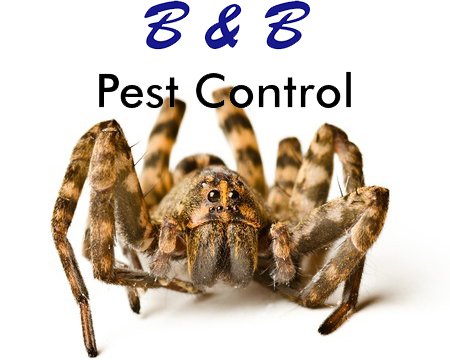In case you haven’t noticed, there are a whole lot of insects in the world, and they are the most diverse group of animals that exist on the planet. Insects originated around 400 million years ago, which allowed them to witness the rise and fall of dinosaurs. Insects have also managed to survive four different cataclysmic global events that resulted in mass extinctions. Considering what insects have lived through, it would be an understatement to claim that insects are resilient. The fact that insects are great survivors is probably not news to anybody. However, the reasons as to why insects are so resilient is not commonly known. A variety of factors have allowed insects to thrive when no other animals could. These factors include the strength of their exoskeletons, their small size and their reproductive potential, just to name a few.
When judging the relative fitness of a particular species, its reproductive potential must be taken into account. Insects, as most people are aware, are capable of producing large numbers of offspring. This allows insects to spread rapidly from region to region. On average, a female insect is able to produce 500 to 1,000 eggs in a lifetime, but some species far exceed this amount. For example, in Africa, many termite queens live for a period of 20 to 30 years. During this time, the queen can become a mother to more than ten million offspring.
In addition to surviving by means of rapid reproduction, the ability to fly has allowed insect evolution to continue uninterrupted. Of course, not all insects are capable of flight, but the ability to escape from predators by means of flight has allowed insect evolution to continue even after natural catastrophe’s wiped out many land-dwelling insect species. Researchers currently believe that the first flying insects originated around 300 million years ago. Flying insects also have the advantage of rapid dispersal, as moths, dragonflies, locusts, and many fly species can establish large habitat ranges by traversing across entire continents and even across oceans in some cases. Establishing new habitats also allows flying insects to take advantage of untapped and abundant resources. Monarch butterflies are well known for completing annual migrations between Canada and Mexico.
Have you ever experienced the horror of an insect flying into your mouth?

